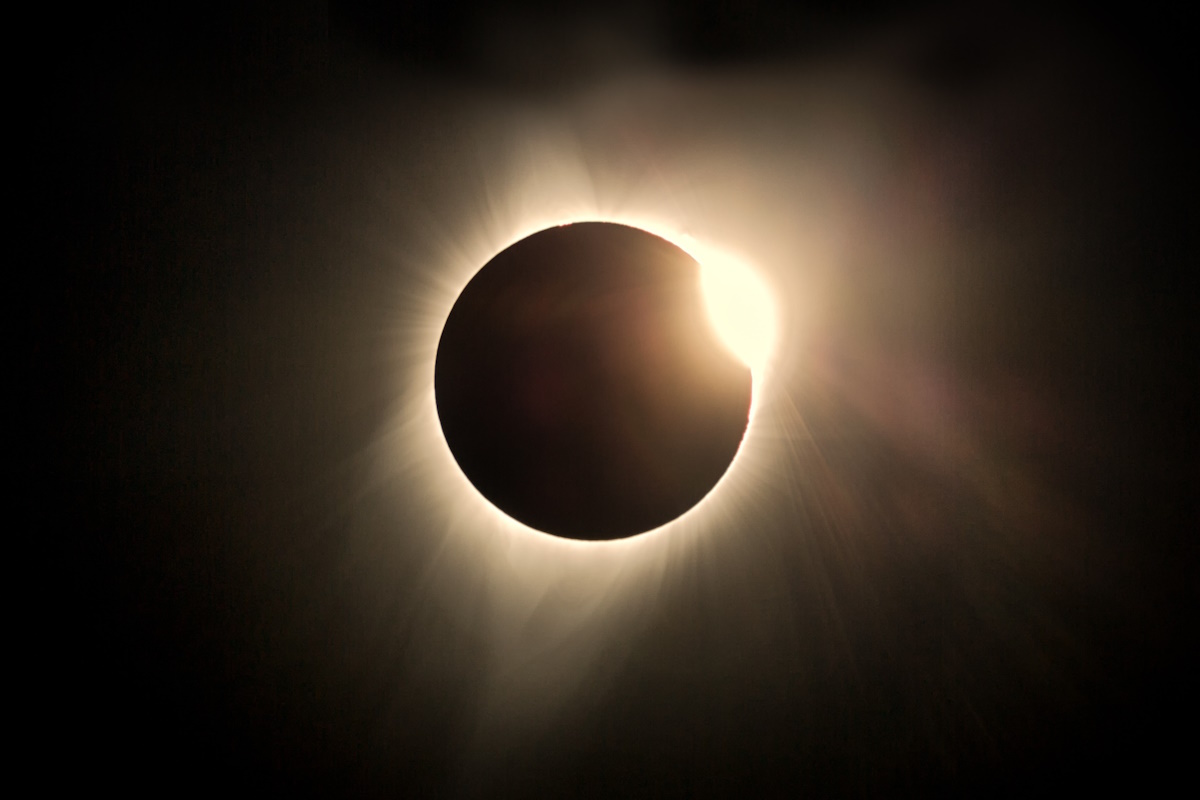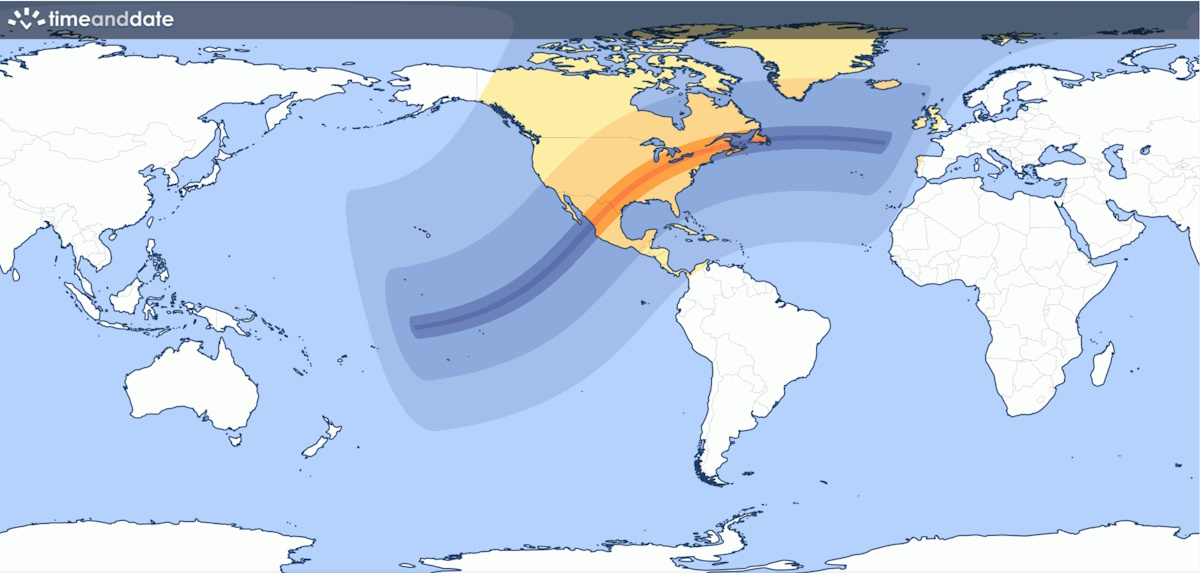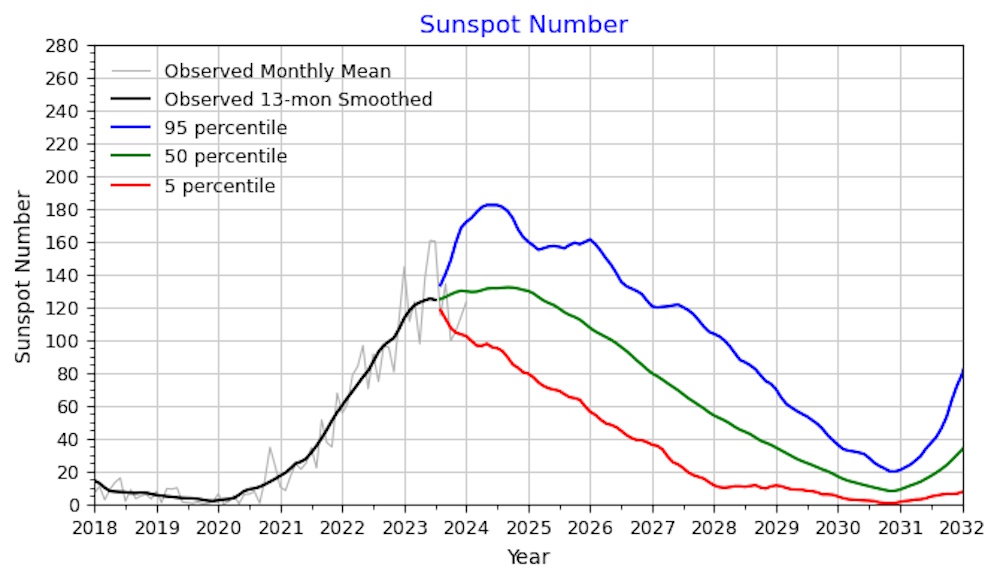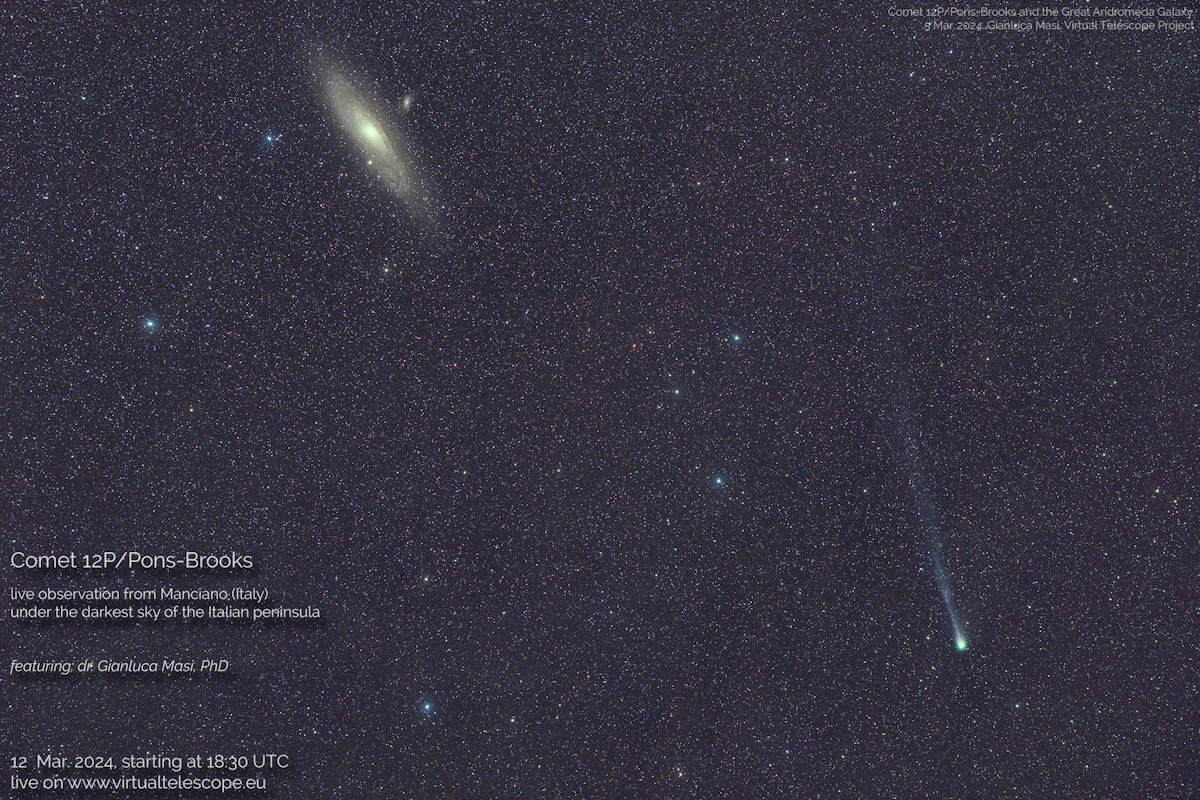Expected for years, it's coming: today, April 8, the Sun will be black for a few minutes. The total solar eclipse which will cross three countries will be visible live mainly on the American continent (streaming is available here), and will be even more fascinating than usual. Let's not miss this historic event!

©backyardphotography/123rf
Today, April 8th, marks the day when an unforgettable event takes place—a total solar eclipse that’s not just historic but also more spectacular than usual. The eclipse will be primarily visible across the American continent, but for those elsewhere, a live stream is ready and waiting. Don’t miss this historic opportunity!
What is a total solar eclipse?
As explained by NASA, a total solar eclipse occurs when the Sun, Moon, and Earth align perfectly in that order. Our satellite “covers” our star, making it appear completely darkened for a few minutes. If the alignment isn’t perfect, we get a partial solar eclipse, where the Sun looks like it’s been “bitten” into.
This phenomenon actually results from the Moon’s shadow cast upon Earth, creating a cone of darkness where the event is observed. Thus, it’s not the Moon itself that darkens the Sun as is sometimes mistakenly believed.
What will happen on april 8, 2024, and how can we watch the event?
The eclipse on April 8, 2024, will sweep across three countries in the American continent, covering five North American time zones from the mountains to Newfoundland. The dark shadow will travel from Mazatlán (Mexico) to Newfoundland (Canada), passing through the United States, lasting a total of 1 hour and 43 minutes.

©Timeanddate
Why Is the April 8 Eclipse So Special?
According to a post by NASA on Instagram, the total solar eclipse of 2024 on April 8 is exceptionally exciting for several reasons compared to the 2017 event:The path of totality will be wider and more populated than the “Great American Eclipse” of 2017. An estimated 31.6 million people will live along the path of totality this year;It will last longer than in 2017, with a duration of up to 4 minutes and 28 seconds;This year, the Sun will reach or be near its solar maximum, causing an intensification of solar activity.
So grab your eclipse glasses and get ready to be amazed by the stars!
Duration and population able to witness it live
The path extends from Mexico to northeastern Canada and will last slightly longer than the famous 2017 eclipse, which also thrilled millions.
Moreover, along the ‘Path of Totality 2024’, over 31 million people in the United States alone—2.5 times the 12 million who lived within the path of the 2017 total solar eclipse—reside. Millions more are expected to travel specifically to observe it.
The peak of solar activity
The eclipse might also allow for the observation of a coronal mass ejection. NASA explains that approximately every eleven years, the Sun’s magnetic field reverses, leading to a cycle of increasing and then decreasing solar activity.
During a solar minimum, fewer giant eruptions from the Sun occur, such as solar flares and coronal mass ejections. However, during a solar maximum, the Sun becomes more active, increasing the chance of witnessing phenomena like the northern and southern lights.
In 2017, the Sun was approaching a solar minimum: eclipse watchers saw a stunning corona, but since the Sun was “quiet”, flows in the solar atmosphere were limited to the equatorial regions of the star.

©Nasa
This will not be the case on April 8, as our star will be near its solar maximum, making it possible to see “streamers” around the solar disk and “flashes of rays” that will make the spectacle even more fascinating, if possible.
Eclipse and Comet
A comet could be visible during the solar eclipse, creating a surreal and marvelous scenario for those lucky enough to be in the Americas next April 8. The comet 12/P Pons-Brooks may be close enough to its perihelion to “appear” during the darkness.
Experts at EarthSky explain that the comet Pons-Brooks visits the inner solar system every 71 years, and its next perihelion (the point in its trajectory closest to the Sun) will be on April 21, 2024. Thus, the comet, which we streamed last March 12, will be close enough to the Sun during the total solar eclipse to potentially be visible.

©Virtual Telescope
Indeed, an unforgettable wonder awaits us!
